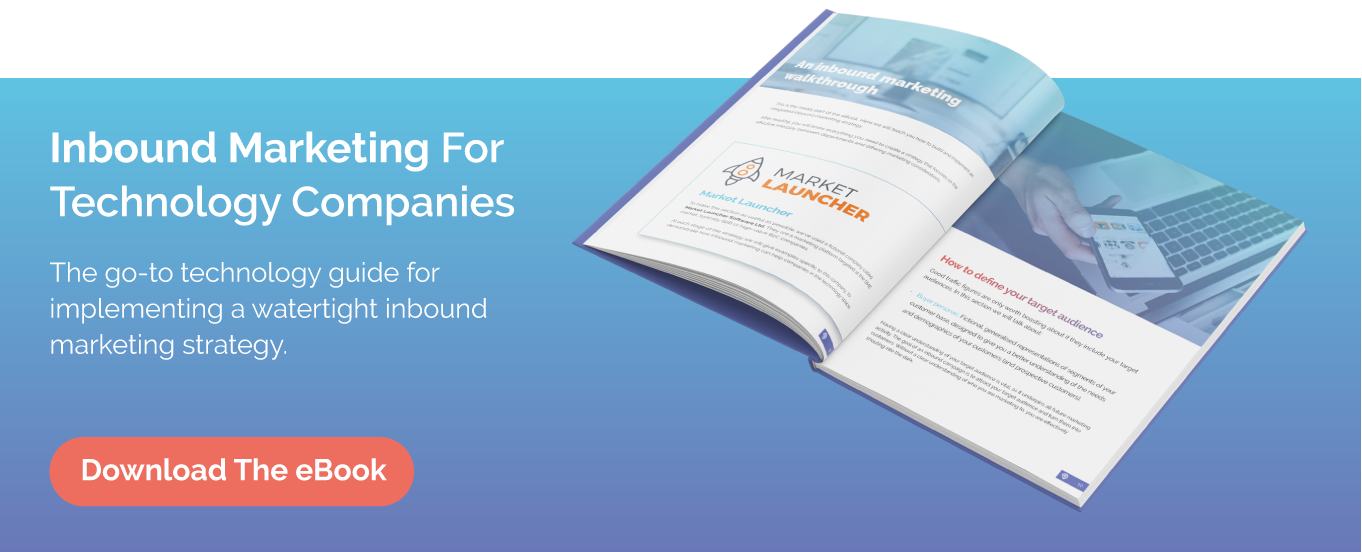Without knowing what your Cost Per Lead (CPL) is, you can't set achievable and effective sales goals for your team or create an advertising budget. Here's how your SAAS company can calculate CPL.
What Constitutes A Lead?

There isn't a 'standard' CPL figure for any industry. It will vary from company to company depending on the product, sales cycle and pricing strategy. But you do need to be very clear on what criteria make a contact become a lead. Someone fishing for quotes isn't a lead, and spam certainly isn't, but you have also go to be to be aware of your unrealistic leads, the ones which never progress.
Calculating Cost Per Lead
If you divide the total amount spent on your advertising and other SAAS marketing lead generation activities by the number of leads that you have, this is your basic CPL. But to get a clearer picture of where your leads are coming from and which are the most successful / cost-effective methods for doing so, you need to go further..
STEP 1: Your Traffic
Your first metric to look at should be how many people are visiting your site. Not only does it demonstrate how popular your website is (and any content on it), it's the starting point in calculating the CPL of your SAAS enterprise. Within a certain time frame, measure the number of visitors arriving at your site. It could one week or it could be one month, but allow enough time to get a fair reflection of where your visitors come from. Allocate where each visitor arrives from:
- Organic search
- PPC
- Search ads
- Social media
- Other sources.
STEP 2: Counting Leads
In your CRM (Customer Relationship Management) system look at the number of leads gained during that same time period. You should be able to filter that information by source, showing exactly where and when each lead arrived.
STEP 3: Conversion Rate
If you have clear data for the number of leads you have then you can go ahead and calculate your conversion rate. You may have 1000 visitors from your Facebook channel, although it might generate only 10 leads. Similarly, for email marketing, you may attract 5,000 visitors, which generates 300 leads. With each media channel, including your PPC and Adwords channels, establish the number of visitors and the number of leads coming in from to give you an idea of which sources convert best. It is also an important factor to identify your churn rate and account for the percentage of customers who move on.

STEP 4: Cost Per Channel
Once you have established the cost of each converting channel you can see which channels have the highest conversion rates and which ones cost the most to acquire. For example, using paid ads on Facebook that generates just 10 leads might cost £300 which would equate to £30 per lead. Similarly, using AdWords might be costing £2000 per month and generate 75 leads which equate to costing £26.60 per lead.
STEP 5: Using Your CPL Data
Establishing this information can generate two clear facts for marketers:
- The channels which are the highest lead generators
- The channels that have the lowest cost per lead.
By utilising your marketing budget towards the lowest cost per lead, you can save money and your spending is better informed. However, this is only the case if your leads then convert to sales at similar rates. To establish this, then you need to go one step further and calculate the lifetime value (LTV) of your lead.
STEP 6: Calculating a Lead's LTV
This is more than useful when working out where to spend your advertising and marketing budget, because, while leads are essential, leads that are converting to sales and delivering revenue are the best. The LTV of your customer is a metric that is used to determine how profitable they are during the entire length of your relationship with them. Once you have calculated your LTV you can establish how much money to spend on bringing in new customers and how much to spend on retaining customers. The LTV can be the most important metric for SAAS business. What it provides is a clearer understanding of your customers in regards to your marketing, your products, sales and how to better serve them. Calculating your LTV concerns three main parts:
- Annual revenue per customer
- Average lifetime of a customer
- Cost of customer acquisition.
If then, a company provides accountancy software solutions and charges its customers four different pricing plans ranging from £5 to £35.00 per month to use its platform and they remain clients for an average of 2 years, it might see an average customer bring in £480 over its lifetime. If the lead came in from AdWords and you spent £30 just to get that customer then the LTV becomes £450. However if your company pricing strategy works through your ability to regularly upgrade your customer's packages, once they realise the full value of your software, then their LTV shoots up even further. Upselling remains one of the most important aspects of SAAS sales and marketing for this very reason.
STEP 7: How LTV Rethinks Your CPL Data
With SAAS companies, recurring revenue is coveted more than anything else and it impacts both lead generation and customer retention strategies. You may be finding that your Facebook leads are generating much bigger LTVs than your AdWords leads are, so despite your Facebook leads costing more to generate, they are better-engaged leads and result in higher revenue for the business. So your CPL is more than just a simple formula, it is a method of working out how best to utilise your advertising budget to get more leads providing more revenue for your SaaS business. If you don't know what your leads are costing, you don't know how much you need to sell to survive.





.jpg?width=352&name=timg%20(2).jpg)